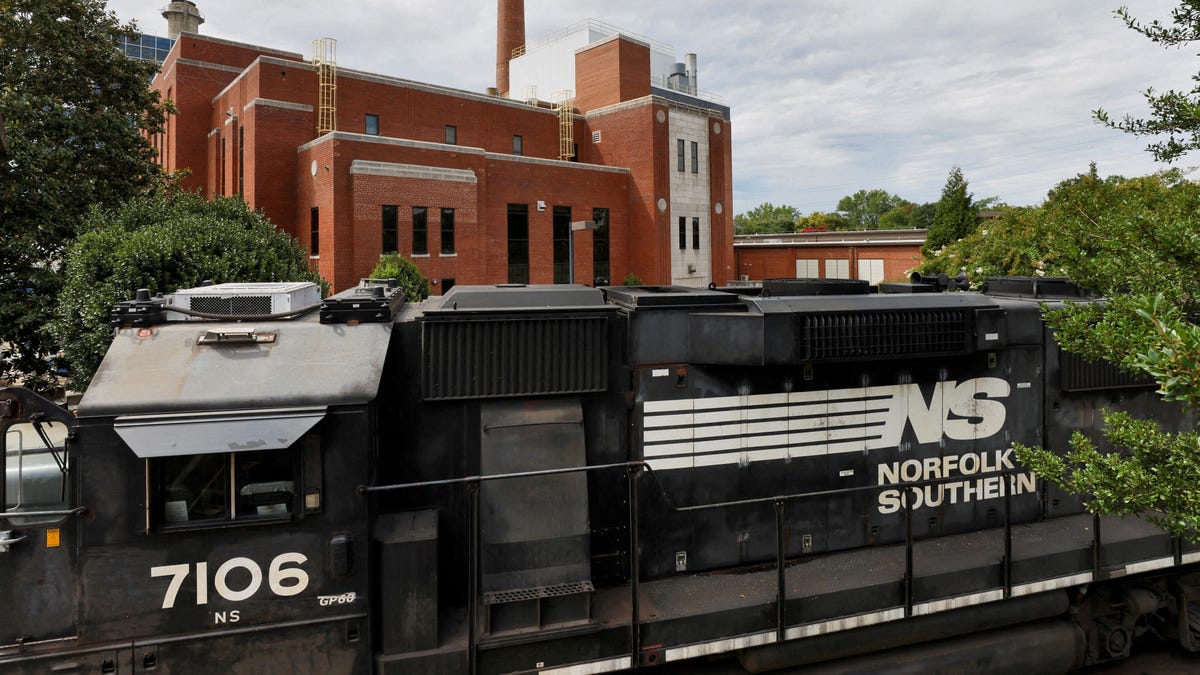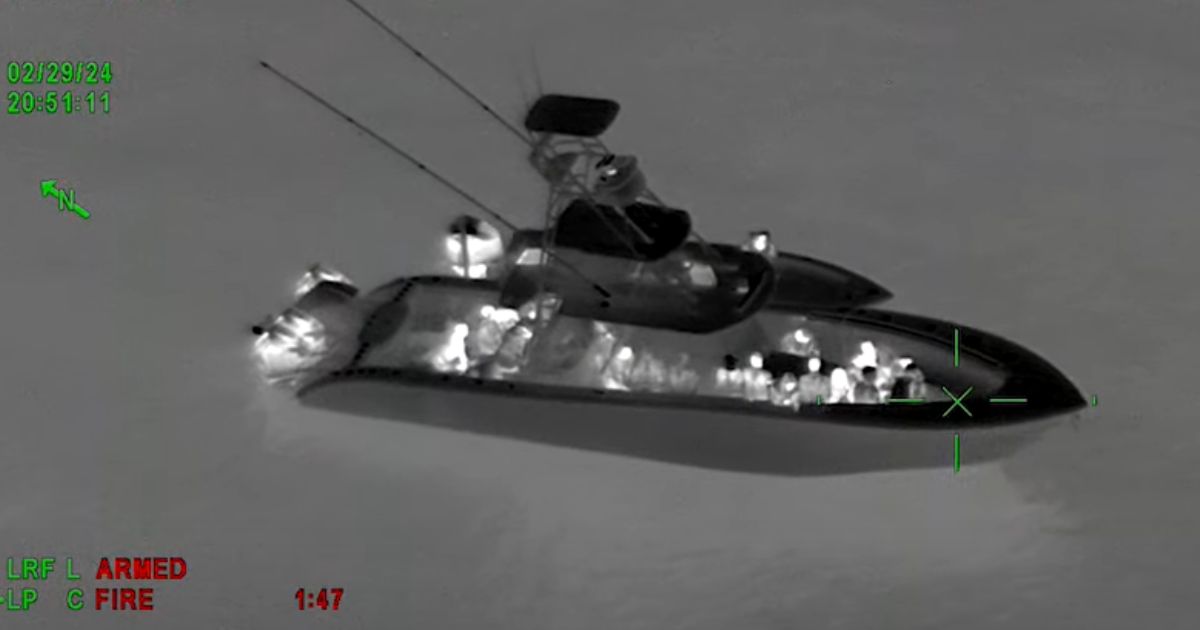Elon Musk’s Vision for Tesla: Building an AI-Powered Fleet of Robotaxis
Tesla, under the leadership of Elon Musk, recently announced some discouraging first-quarter financial results that showed a significant drop in net income compared to the previous year. However, Musk used the earnings call as a platform to introduce his new vision for the electric car company.
AI-Powered Robotaxis
According to Musk, Tesla’s focus now shifts towards developing an AI-powered fleet of ride-hailing robotaxis. This fleet will consist of new “Cybercabs” and the existing autonomous cars that Tesla owners can dispatch at their discretion. Musk likened this new initiative to a blend of Airbnb and Uber, where Tesla will manage a portion of the cars in the fleet, while owners will have control over others.
Owners will be able to enroll their vehicles in a ride-hailing robotaxi program, potentially earning revenue from it. Just like Airbnb, owners can specify usage parameters, such as only allowing rentals to users with positive ratings or limiting use to friends and family. Musk further revealed plans to unveil a dedicated robotaxi model, scheduled to make its debut in August of the current year.
Long-Term Vision and Challenges
Despite Musk’s enthusiasm for this robotaxi fleet, the concept is not entirely new. He initially discussed the idea back in 2019, projecting over a million autonomous cars providing rides by 2020, a goal that remains unmet. Nevertheless, Musk sees this venture as a crucial part of Tesla’s transformation into an AI and robotics-driven company.
Musk’s ambitious schedule includes the release of the humanoid robot Optimus to the commercial market by 2025. He believes that once introduced, Optimus will overshadow all other Tesla products combined in terms of value. Despite these grand plans, Tesla’s performance in the first quarter of 2024 fell short, attributed to various factors such as the Red Sea conflict, an arson incident at Gigafactory Berlin, and the gradual production ramp-up of the updated Model 3 in Fremont.
Revamping Operations and Future Prospects
In response to the sluggish Q1 performance, Tesla is banking heavily on its self-driving technology, especially after facing legal challenges regarding claims of vehicle autonomy. The company recently rolled out software updates to clarify that drivers must remain attentive even when the autopilot mode is engaged. Additionally, Musk announced plans to introduce more affordable Tesla models by early 2025, leveraging existing manufacturing lines to reduce production costs.
Investors seemed to react positively to these developments, as Tesla’s stock saw a 12% increase post-announcement. Analysts like Wedbush Securities’ Dan Ives praised Musk’s strategy and highlighted the importance of the upcoming lower-cost vehicle in driving Tesla’s growth. Despite the optimism, Tesla also disclosed plans to lay off thousands of employees, potentially impacting the company’s ability to deliver on its ambitious projects.
Image/Photo credit: source url





